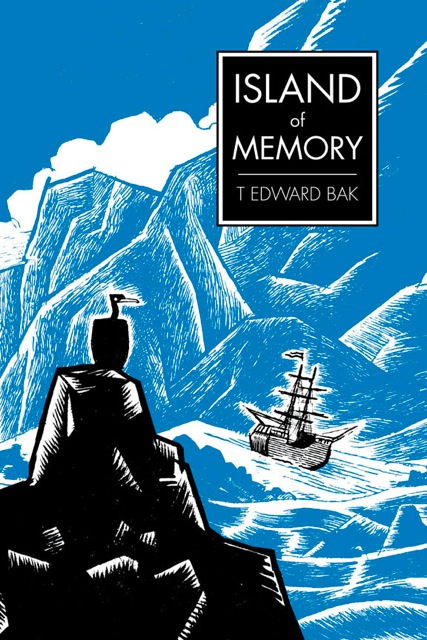The sixty-fifth meeting of the NY Comics & Picture-story Symposium will be held on Monday, November 4, 2013 at 7:00 PM at Parsons The New School, 2 West 13th Street, in the Bark Room (off the lobby). Free and open to the public.
Presenters: Amy Kurzweil and Charlie Boatner
Moderaters: Nick Sousanis and Tom Motley

amykurzweil.com
Amy Kurzweil on Decaying Sense: How comics compose memory. Chris Ware intuits that “comics is a possible metaphor for memory and recollection,” while Art Spiegelman asserts that “comics work the way the brain works…past, present, and future all butted up against each other – the perfect medium for depicting memory.” As a prose-writer and a comics-creator concerned with depicting the past and the inner lives of my characters, I wondered: what is unique about comics’ ability to map memory? As part of my graduate thesis here at The New School, I turned a critical eye to form. Join me as I analyze comic pages – from the work of great masters to the sketches public school children – asking: what, specifically, do comics afford in the timeless task of putting the past on the page?
Amy Kurzweil is an emerging cartoonist and fiction writer. She graduated from The New School’s MFA writing program in May of 2013. She was Norman Mailer Fellow for fiction writing this past summer, and she was recently short-listed for the Posen Foundation’s Writing Fellowship for her graphic-memoir in progress, Flying Couch. The memoir, her graduate thesis, tells the story of three generations of women in her family. Amy has drawn 152 of the 280 pages of her book – but it’s not like she’s counting or anything. When Amy is not writing or drawing, she teaches writing or drawing. Recovering from a stint in the public schools, Amy now teaches at FIT and Parson’s school of Art and Design History and Theory.
Charlie Boatner on How to Read a Comic Book. Comic books are easy to read, so it’s tempting to read them too quickly and miss much of what they have to offer. Charlie Boatner will demonstrate how comics graphics can be decoded to reveal theme and artist point-of-view, using techniques adapted from film analysis (particularly the study of Visual Style). He will illustrate his talk with two issues of the ground-breaking Green Lantern/Green Arrow series of the early 70s.
Charlie Boatner wrote his bachelor’s thesis on comic books in 1977. He went on to write stories for titles like Action, Marvel Fanfare, and Tales of Terror, as well as an article for The Comics Journal. With artist Steve Parkhouse, he created the graphic novel, The Hiding Place in 1990. From 2004 to 2010 Charlie answered children’s questions in the letters pages of DC Comics’ Scooby-Doo and Super Friends.




